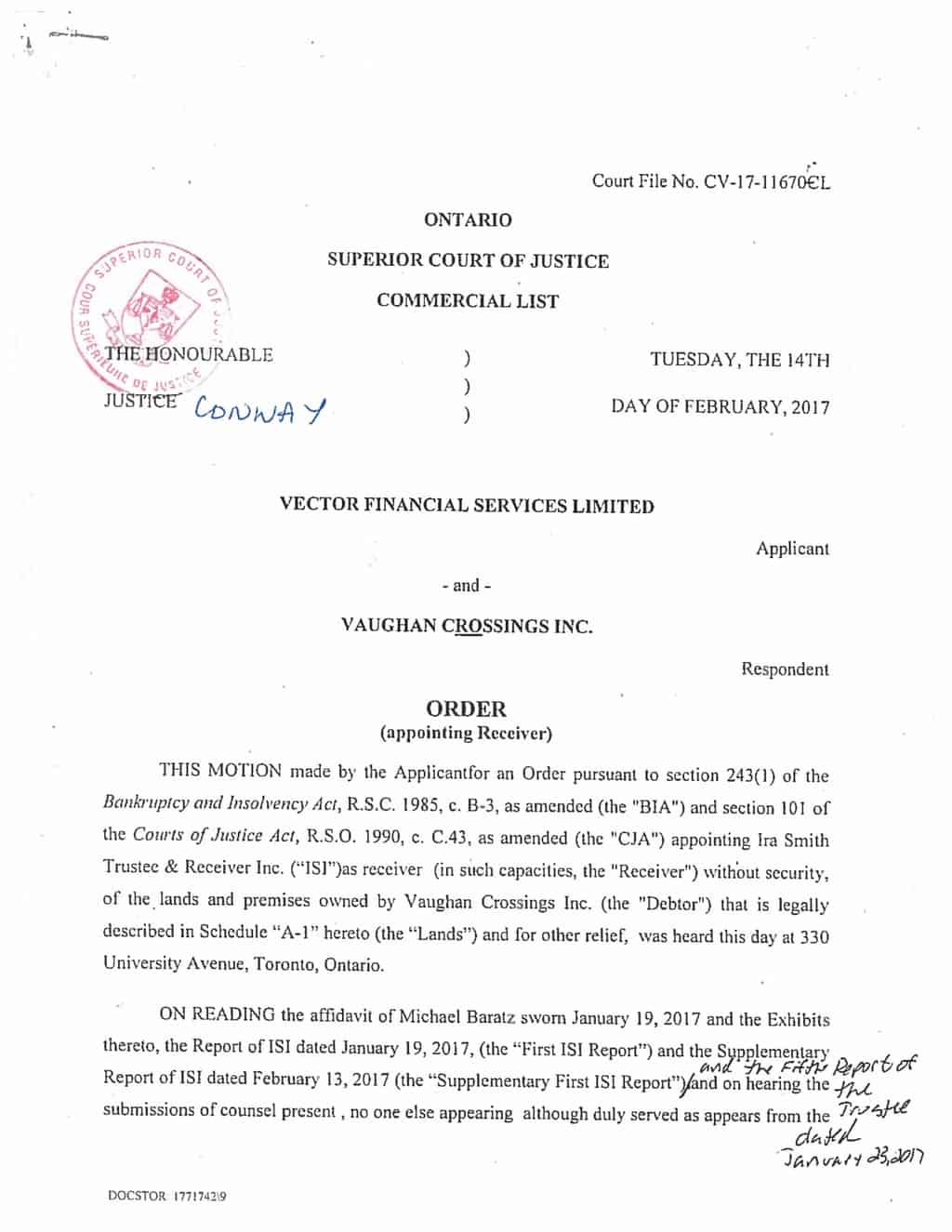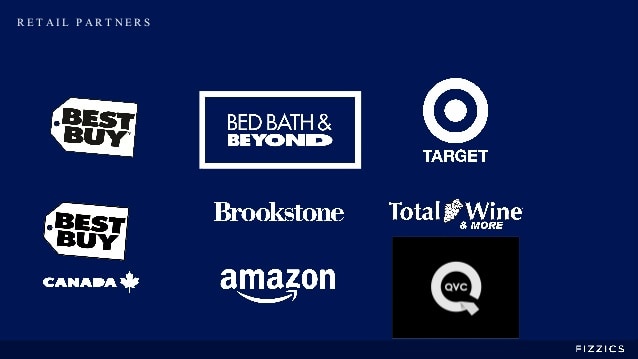Financial security Introduction
Brand-New Ipsos study findings were released on April 22, 2019, simply 2 days prior to the next Bank of Canada interest rate announcement. This brand-new survey shows exactly how Canadians really feel about their financial security or its absence. Ipsos claims almost fifty percent of Canadians cannot make ends meet on a monthly basis.
Fifty percent of Canada is worried about the effect of increasing rates of interest on their financial resources. They feel even worse about their debt load from just a couple of months back.
Canadians maxed out on debt
Canadians are maxed out on debt with 48% of Canadians on the edge of bankruptcy. They claim that they go by the end of every month to within $200 or less far from financial insolvency.
In regards to Canadians and their beliefs, people are worried about their debt levels and financial security. Forty-eight percent of those questioned claim they cannot make ends meet. They understand that they are most likely to take on even more debt at the end of each month to pay all of their expenditures. So practically fifty percent of all Canadians need to handle even more debt to satisfy their current expenses, which in part includes existing debt repayments!
It’s no longer about purchases – that ship has already sailed!
It ends up from the survey that this isn’t about the fact that we’re in a low-interest-rate atmosphere any longer. It also isn’t about people making high-end or lifestyle new purchases that are considered unnecessary.
They have actually already done all that. Especially people in Toronto and Vancouver that have stretched to buy costly houses, home furnishings and appliances. They used the low-interest rate mortgages and home equity credit lines to do it.
New debt on top of old debt
So now they understand that they better not take on even more debt. However, guess what? It is currently far too late for almost half of Canada. People are claiming they currently just cannot make ends meet. Therefore, they have no choice but to take on even more debt.
Brand-new debt to make old debt repayments! Undoubtedly, these individuals stay in a hazardous downward spiral. People are questioning whether can continue in this way and are thinking about personal bankruptcy.
It is true that the survey has a small sample size. This Ipsos survey reveals growing tension and grief. Nevertheless, personal bankruptcies remain historically low in this nation. Undoubtedly, there are local distinctions. Albertans are experiencing far more personal insolvencies as a result of the slowness in the energy market.
I think there are 2 really basic reasons for almost half of Canadians dealing with financial insolvency yet personally bankruptcy levels are down. First, financially troubled Canadians are utilizing the consumer proposal arrangements section of the Bankruptcy and Insolvency Act (Canada) (BIA). This is a good thing because they are avoiding bankruptcy.
Second, people still have adequate equity in their houses. So, they are still able to borrow for brand-new debt to satisfy old debt payments other living costs. This is not a good thing. The thing Canadians do not seem to be doing yet is tightening their belts and lowering month-to-month expenses.
Bank of Canada
The Bank of Canada (BOC) increased its overnight interest rate 5 times since mid-2017. At the end of 2018, everyone, including the BOC assumed that fad was most likely to continue. Nevertheless, in its first 2019 interest rate announcement, the Bank altered its signals and currently appears completely satisfied to hold steady on the interest rate for what might be for the rest of 2019.
On April 24, 2019, the BOC announced that it was maintaining the overnight bank rate target at 1 ¾ percent. The BOC did so based on its observations of the Canadian and global economies.
Their statement included, that in Canada:
- economic development throughout the very first half of 2019 is anticipated to be slower than was forecast for in January 2019.
- The oil price decrease and recurring transport restrictions have actually suppressed financial investment and exports in the oil industry.
- Financial investment and exports outside the oil market, at the same time, have been adversely impacted by unpredictability and the global downturn.
- Beyond the oil and gas market, the financial investment will be sustained by high prices of other commodities and exports will broaden with reinforcing international need.
As far as the global market, the BOC stated:
- The global economy reduced by greater than the Bank projected in its January Monetary Policy Report.
- Continuous unpredictability connected to trade disputes has weakened business views.
- Stagnation throughout many countries has resulted.
- In reaction, several reserve banks have reported a slower speed of monetary plan normalization.
As a result, the BOC kept its target for the overnight rate at 1 3/4 percent.
Financial questions for Canadians
Virtually fifty percent of Canadians currently are sorry for the debt they have. I believe what this does is brings recognition for you to have a serious discussion in your home. The discussion requires to be about:
- Exactly how near the margin are you living?
- What household costs could you drop?
- Could you survive if one of you were to lose your job?
- If not, what can you do now to prepare for that if it were to one day happen?
- Have you filed all your income tax returns and paid all your tax obligations?
- Did you get a tax refund and what are you most likely to do with that cash to help with your situation?
- Are your Christmas gifts expenses all paid or are you still rolling those costs on your credit card bill every month?
Despite that the job market has seen wage strength, the Canadian economic situation has not produced great financial signals. There are spots that seem to be a little murkier. Our rising cost of living is nearing 2% on an annualized basis and we’re paying much more for gas at the pump. We’re paying a lot more for produce. So there are things that are costing us even more simple to manage. So if income is increasing a bit, costs are climbing much more.
So Canadians are currently really feeling a little sweaty. They aren’t certain what is most likely to take place. Currently, there appears to be a little bit of a rest on the interest rates.
Canadians need to set up a proper household budget
I would certainly suggest that not everybody has taken a hard look at their financial situation. There’s plenty of presumptions that can take place due to the fact that you just do not understand your numbers. I see that occurring all the time.
So perhaps people really feel a little even worse off than they actually are due to the fact that they do not understand their numbers. They understand they stay in difficulty, however, do not have the capability to assemble a roadmap for saving themselves.
A truth check is needed instantly. Most likely fifty percent of those that claim they cannot make ends meet can save themselves without turning to an insolvency process. If they just recognized their realities about their very own money situation. The other half of the half, or 25% of Canadians, probably do meet the financial insolvency definition and need professional help.
The trick might just be that Canadians need to promptly get a good handle on what their month-to-month income and expenses truly are. Share that info with the entire household and make and follow a household budget that has everybody’s agreement. Your financial security in retirement may depend upon it.
Readers of my Brandon’s Blog will know that I always state the advantages of correct budgeting. To check out this budgeting topic you can look as far back as my collection of blogs that began late in 2014 with A BALANCED BUDGET IS TO FINANCIAL HEALTH WHAT A BALANCED DIET IS TO PHYSICAL HEALTH. You can additionally check my more recent 2019 blogs, USEFUL TIPS FOR SAVING MONEY CANADA: THIS PRO ATHLETE TEACHES US and also MY BILLS ARE HIGH: 6 THINGS TO IMMEDIATELY DO.
What about you or your company?
Do you have way too much debt? Are you having difficulty making your month-to-month expenses? Is your company having a hard time handling its economic difficulties that you cannot figure how to get out of?
If so, call the Ira Smith Team today. We have decades and generations of experience assisting people and companies looking for financial restructuring or a debt settlement plan. As a licensed insolvency trustee, we are the only experts recognized, accredited and supervised by the federal government to provide insolvency advice and carry out alternatives to aid you to stay clear of bankruptcy.
Call the Ira Smith Team today so you can end your tension, stress and anxiety that your financial problems have triggered. With the special roadmap, we develop unique for you, we will right away return you right into a healthy and well-balanced hassle-free life.
You can have a no-cost evaluation so we can help you repair your debt difficulties. Call the Ira Smith Team today. This will most certainly permit you to return to a brand new healthy life, Starting Over Starting Now.












